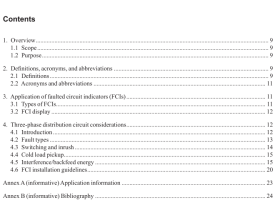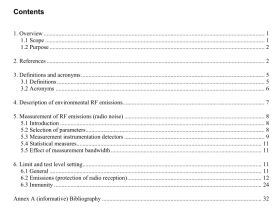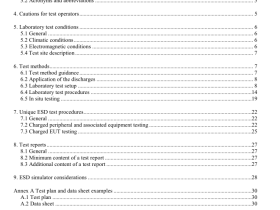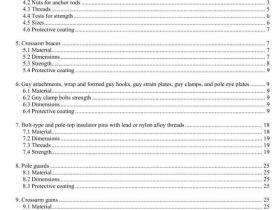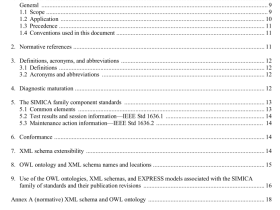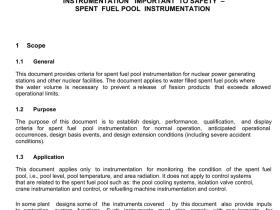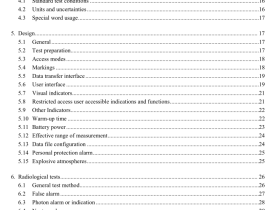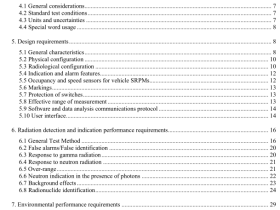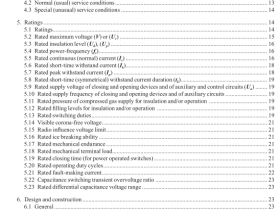IEEE IEC 63260 pdf download
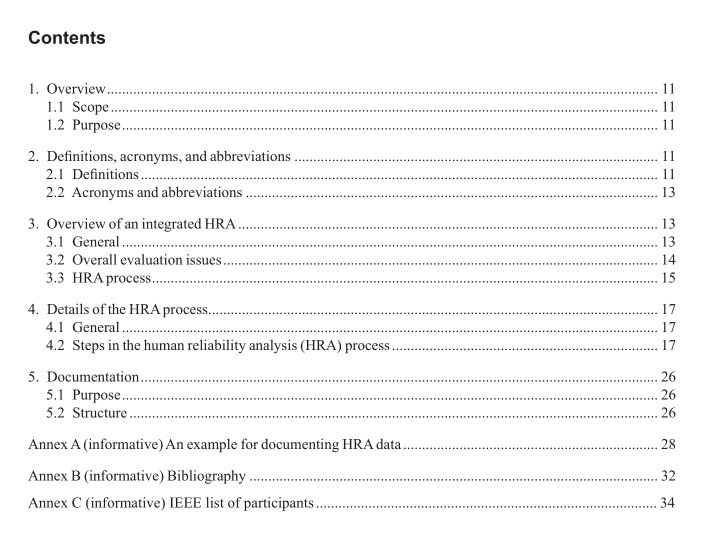
IEEE IEC 63260 pdf download Guide for incorporating human reliability analysis into probabilistic risk assessments for nuclear power generating stations and other nuclear facilities
3. Overview of an integrated HRA
3.1 General
3.1.1 Importance of human reliability In assessing the risk associated with a nuclear power plant, the analyst should consider not only the reliability of plant hardware systems but also the reliability of people’s interactions with other plant or support personnel and with the plant’s equipment and systems. The scope of interactions with plant equipment and systems should include those in the control room and at local control stations and with both manually controlled and automated systems.
3.1.2 Importance of integrated HRA and PRA An HRA should be an integral part of a PRA. In PRAs, the quality of the analysis (e.g., quantifcation of human error) is dependent upon the analyst’s ability to identify scenarios and the expected human actions. This guide provides a specifc approach that, if applied, will standardize the integration of HRA into the PRA process. The breakdown and order of the steps presented are not so important; all of the steps and their activities, however, should be found within any HRA. This approach is well established for design-basis PRAs. The approach applies to beyond design-basis analyses such as those used for severe accidents. However, as the uncertainty and variability of the plant state and accident scenario evolution increase, so too does the complexity of performing the analysis. The steps outlined in this guide should be considered at a minimum; additional steps may be appropriate for certain cases, such as severe accident analyses.
3.2 Overall evaluation issues
The focus of this guide is restricted to the incorporation of the HRA integrally into a PRA. This includes the following issues:
a) The compatibility of an HRA with the PRA of which it is a part;
b) The relationship between the way in which an HRA is performed, its philosophy, and the results or insights that may be obtained;
c) Matching the best suited HRA method to the analysis requirements; and
d) The limits of an HRA or its results.
3.2.1 PRA compatibility
The HRA process proposed is suitable to all levels of a PRA given defned human failure events. If these are not defned, then this guidance cannot be applied successfully. The risk focus of a PRA requires the quantitative results of an HRA to be probabilistic in nature. Applications of PRAs to risk management eforts require that the HRA documents in sufcient detail the analyst’s human factors considerations for the human failure events. The PRA can have a diverse range of applications, the objectives of which may not be completely identifed prior to the assessment. The HRA process should be fexible enough to anticipate some of the likely applications of the results of the HRA. For example, this may include design changes, procedure changes, training development, safety evaluations, or technical specifcation modifcation.
3.2.2 Qualitative HRA While the approach identifed in this guide supports HRA quantifcation as part of the PRA, it should be noted that there is an increasing emphasis on the importance of qualitative HRA [B15], i.e., HRA that does not produce a human error probability, but rather insights into the human’s role and contribution to overall system performance. The HRA approach in this guide supports both qualitative and quantitative aspects of HRA. For PRA, the quantitative approach should be adopted. For non-PRA applications of HRA, steps relevant to quantifcation should be omitted as appropriate.
3.2.3 The relationship of approach to results Assumptions made by human reliability analysts about the relative importance of various human activities will infuence the breadth and detail of models developed for the HRA. The data and chosen method of quantifying human interactions will infuence the specifc estimates or ranges of uncertainty obtained, although there is generally good agreement between HRA methods. If results point to the need to improve the reliability of selected systems and accompanying human interactions, these improvements should either be readily identifable from the documented HRA or should be the subject of further or diferent analytical methods that will allow improvements to be identifed as described in method-specifc documents. In addition to method-specifc guidance, general guidance on selection of appropriate HRA approaches can be found in cross-method overview documents such as [B2], [B3], and [B14]. The HRA analyst should be mindful of this when considering the specifc approach to be taken.
